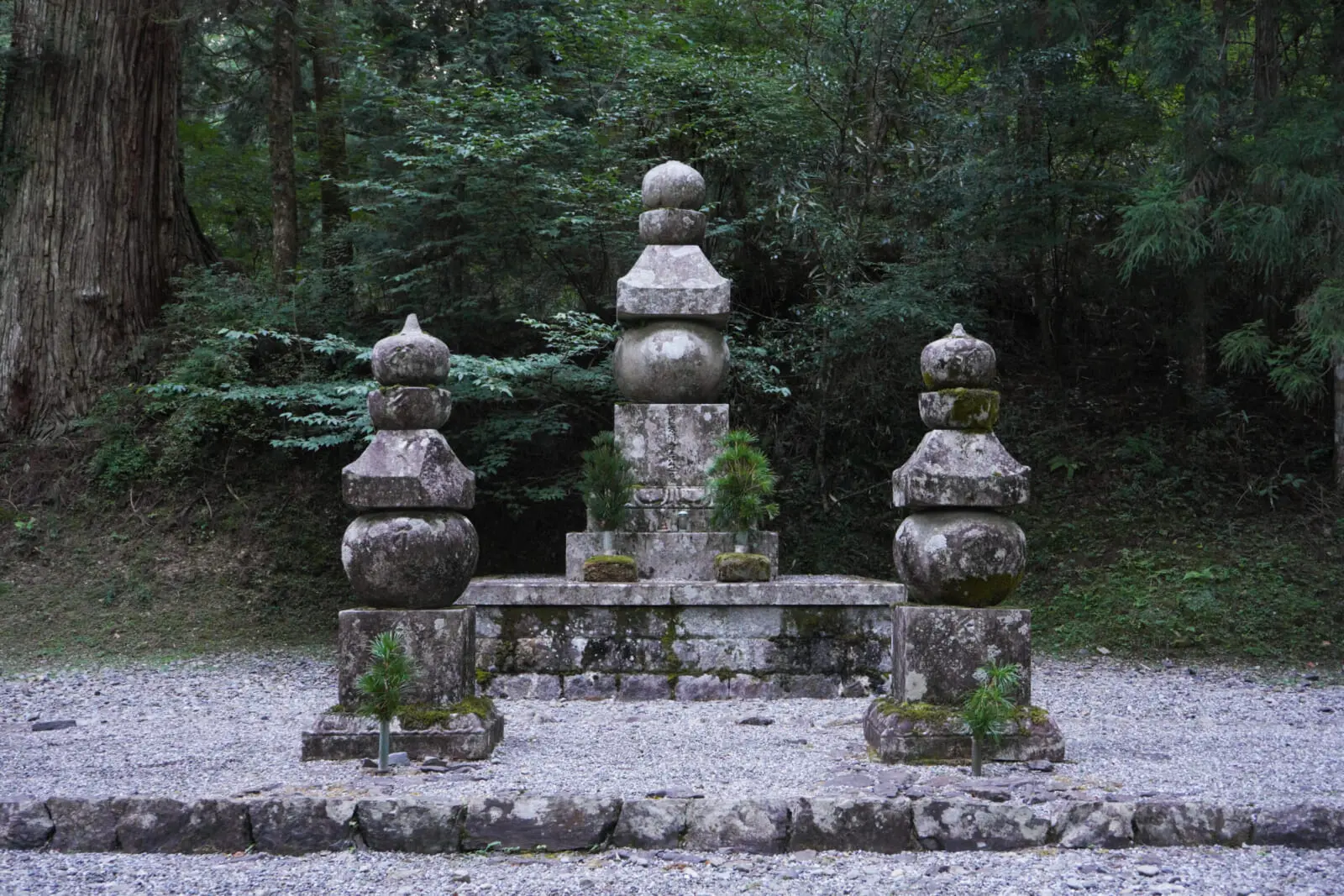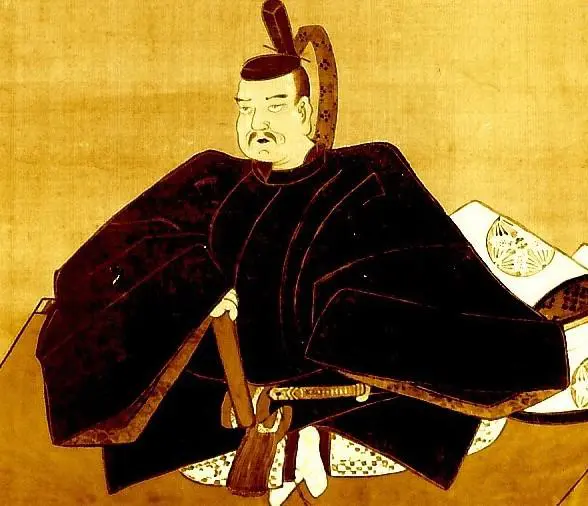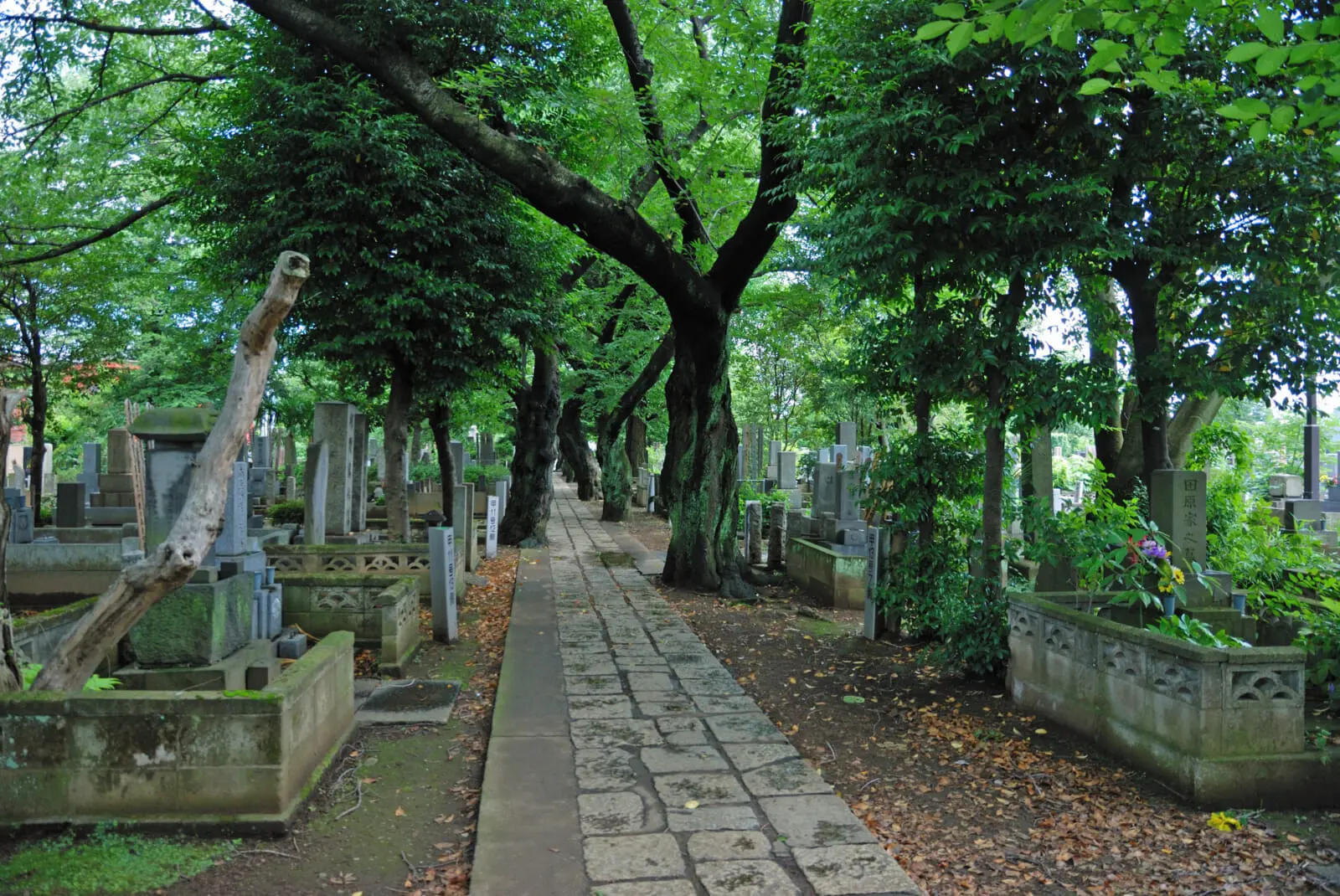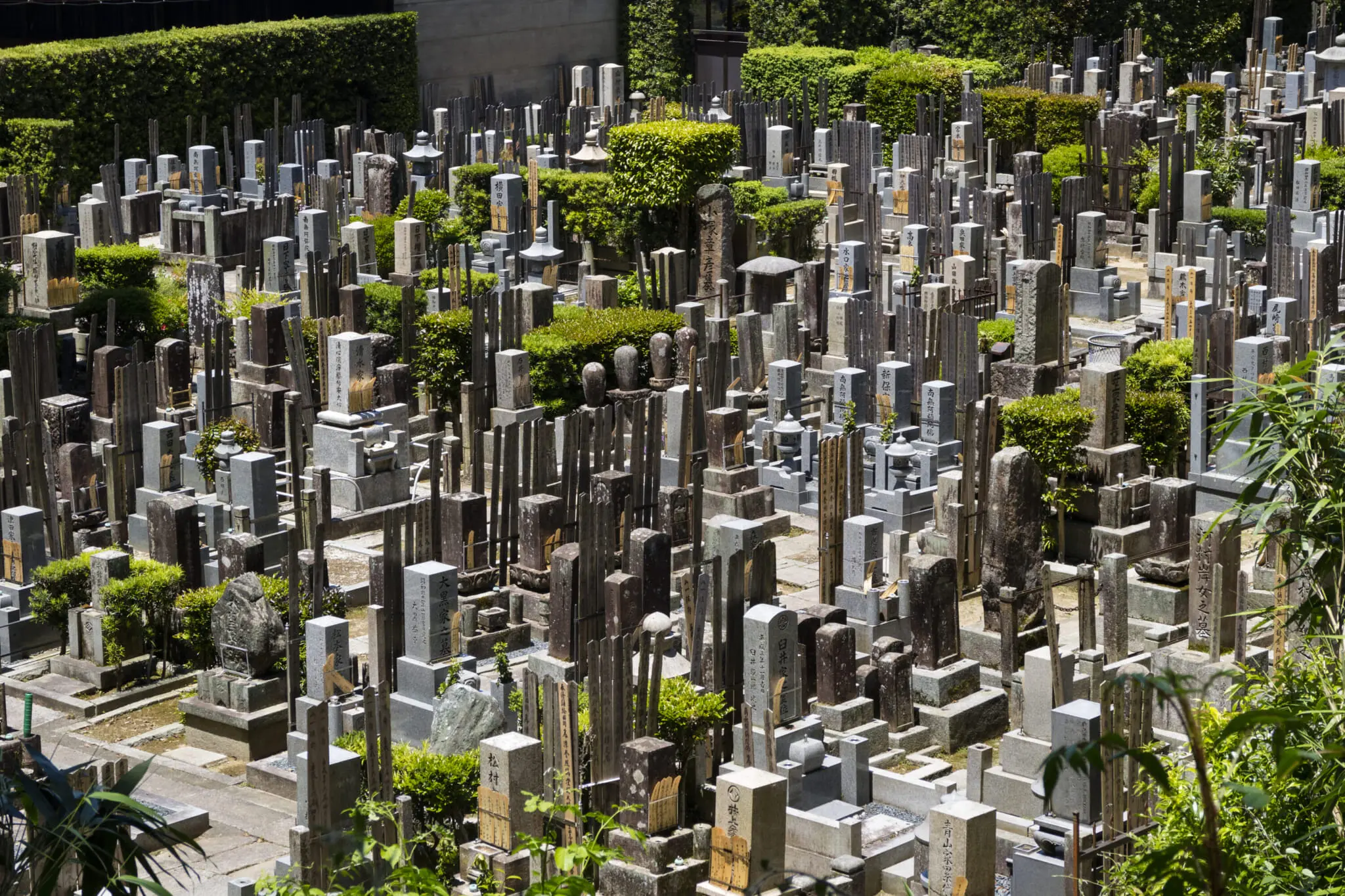A quieter, hidden world exists in Tokyo. It’s a world where history, spirituality and folklore merge to create an often-overlooked story: the tale of Tokyo’s cemeteries. These sacred spaces are more than resting places for the dead. They serve as archives of the city’s tumultuous past, spiritual crossroads and sites of eerie legends that blur the line between history and the supernatural.
Tokyo’s cemeteries reflect Japan’s long and complex relationship with death. Influenced by Shinto, Buddhism and more modern, secular views, each burial site is imbued with layers of meaning. The tradition of honoring ancestors is deeply rooted in Japanese culture, with rituals that connect the living and the dead. Cemeteries are where this connection becomes most palpable, where past and present intertwine, and where the presence of spirits feels most alive, casting a shadow over these otherwise serene resting places.
Archives of the Past
The cemeteries of Tokyo carry the echoes of a city that has evolved through fire, war and rapid modernization. Burial practices themselves have changed significantly over time, shifting from ancient tumulus mounds to the more structured, park-like cemeteries seen today. In the early centuries of Tokyo (then Edo), Buddhist temples doubled as cemeteries, serving as both religious sites and resting places for samurai, commoners and the emerging merchant class. These spaces weren’t just for burial but for reflection on life, death and the impermanence of existence, the key tenets of Buddhist philosophy.
As the Edo period gave way to the Meiji era and beyond, Tokyo’s cemeteries began to reflect Japan’s encounters with the West. The influence of foreign culture left its mark not only on the architecture but also on how the dead were commemorated. European-style gravestones began to appear alongside traditional Japanese markers, symbolizing the cultural intersections of a changing era. Cemeteries became more than places of mourning; they became snapshots of a city navigating its identity amid a large wave of transformation.

Spiritual Beliefs Embedded in Stone
In Japan, cemeteries are living embodiments of spiritual beliefs. In Shintoism, the spirits, or kami, are believed to inhabit everything, including the stones and trees of cemeteries. Japanese cemeteries often feature Shinto shrines and Buddhist altars, allowing for a blending of religious practices. The act of visiting a grave is seen as maintaining a spiritual connection with ancestors, offering prayers and food to ensure that the deceased are at peace in the afterlife.
Yet, not all spirits find peace. Some, according to legend, remain restless, unable to transition smoothly to the afterlife. The belief in vengeful spirits, or onryo, has deep roots in Japanese folklore, and cemeteries are often seen as places where these souls linger. These beliefs are particularly strong in Tokyo, a city that has witnessed its share of tragedy and upheaval — wars, natural disasters and executions. In these times of great loss, it’s believed that some spirits fail to transition smoothly to the afterlife, becoming stuck between worlds, their presence felt by those who walk these grounds.
Legends That Haunt Tokyo’s Cemeteries
Among Tokyo’s most infamous graves lies the tomb of Taira no Masakado, a rebellious 10th-century samurai. Masakado led a failed revolt against the imperial government, declaring himself the new emperor of Japan. After his loss, his head was severed and displayed in Kyoto. But according to legend, it refused to stay put. It’s said that Masakado’s disembodied head flew across the country, eventually finding its resting place in what is now Tokyo. The grave, deep in the financial district of Otemachi, is an unlikely spot for such a supernatural tale, but it remains one of Tokyo’s most feared and revered sites.

Countless tales of mysterious deaths and accidents have followed those who have attempted to disturb or move his tombstone, reinforcing the belief that Masakado’s spirit still seeks vengeance. In 1923, after the Great Kanto Earthquake, plans to relocate the grave were abandoned when several workers died under suspicious circumstances. Since then, the grave has remained untouched.
Beyond Masakado’s story, tales of yurei, or wandering spirits, are common across the city’s cemeteries. Dressed in white funeral robes, their pale faces expressionless, these spirits are said to drift along cemetery paths or visit the dreams of those with unfinished business. Though these ghostly apparitions may sound like horror folklore, they hold deep cultural significance, illustrating how Japan’s perception of life and death is fluid, with the afterlife never far away.
Famous Cemeteries in Tokyo
In addition to these eerie tales, Tokyo’s cemeteries hold a wealth of history and cultural significance. Yanaka Cemetery, located near Nippori Station, is home to over 7,000 graves, including that of Tokugawa Yoshinobu, the last shogun of Japan. The ancient trees and narrow paths evoke a time when samurai and politicians shaped the city’s future. It’s said their spirits still watch over the evolving metropolis.

Yanaka Cemetery
Minato ward’s Aoyama Cemetery, Japan’s first public graveyard, offers a striking contrast to Yanaka Cemetery thanks to its urban beauty. Famous for cherry blossoms and rumored hauntings by samurai spirits, the cemetery occasionally leaves visitors in a state of unease, with some reporting eerie sensations, like unseen footsteps in the night.
Meanwhile, Zoshigaya Cemetery in Toshima ward provides a more bohemian retreat, where artists, poets and intellectuals rest. Lafcadio Hearn, the famed Meiji-era storyteller of Japan’s ghost legends, is buried here, as is Soseki Natsume, a prolific writer and the author of classics such as Botchan and I Am a Cat. Visitors have felt the lingering presence of these creative spirits, as though their final stories are yet to be told.
The Overlooked Beauty and Significance of Tokyo’s Cemeteries
In a city defined by its rapid pace and constant innovation, Tokyo’s cemeteries offer an entirely different experience — a refuge of stillness where the past lingers in the air and the stones. These spaces serve as repositories of memory, holding the essence of those who once walked Tokyo’s streets, shaping the city we know today.
For those who take the time to explore, Tokyo’s cemeteries offer a chance to connect with a history that is often hidden in plain sight. Whether it’s the spiritual rituals, the deep cultural ties or the ghostly legends that send a chill down the spine, these burial grounds are living — or dead — embodiments of Tokyo’s soul, offering a unique perspective on the city’s journey through time, death and rebirth.
So, as the Halloween season nears and the veil between the living and the dead grows thin, take a moment to visit one of Tokyo’s cemeteries. Walk its paths, feel the weight of history beneath your feet and listen to the silent stories whispered by the wind. You might find that the past is closer than you think.









